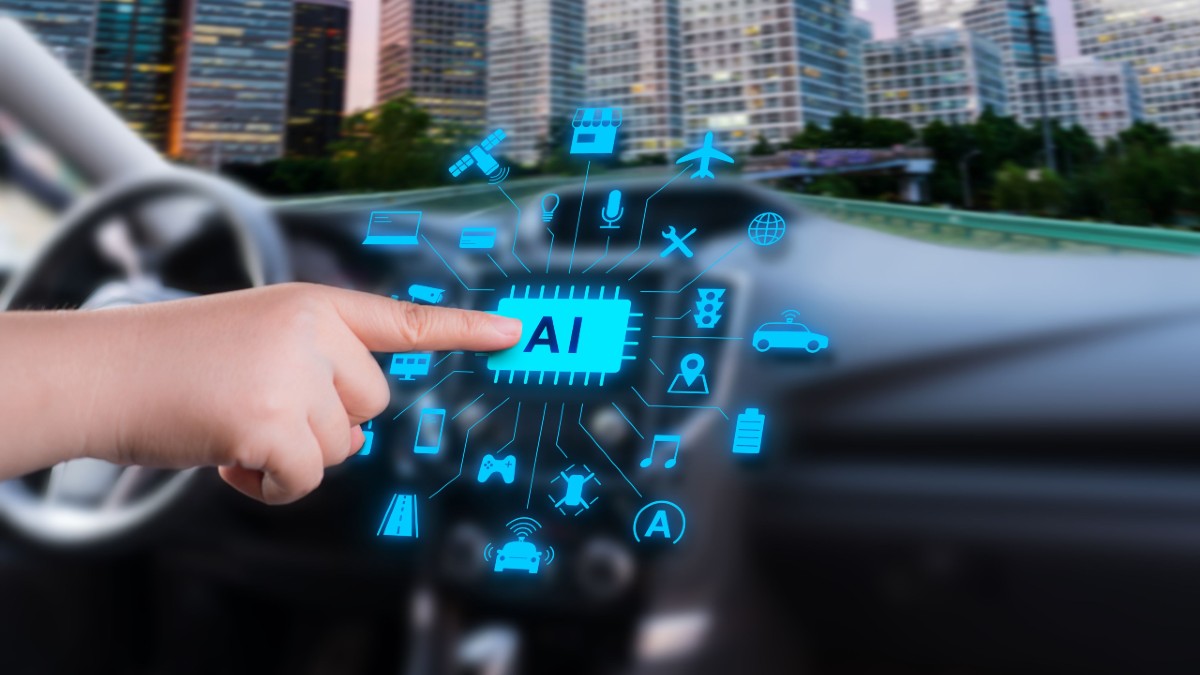In today’s fast-paced world, AI powered blind spot detection is becoming a crucial advancement in automotive safety. As technology continues to evolve, understanding how AI technology works to keep drivers safe can change the way we approach driving.

Introduction to Blind Spot Detection
What is a blind spot? In driving, a blind spot refers to those areas around your vehicle that you cannot see in your mirrors. These spots can be dangerous, leading to accidents if you’re unaware of vehicles in these areas.
How AI Technology Works in Blind Spot Detection
Thanks to the integration of Artificial Intelligence (AI), vehicles can now detect objects in blind spots. Sensors and cameras work together seamlessly, alerting drivers of potential hazards. AI algorithms process the data rapidly, offering real-time feedback.
The Importance of AI in Modern Vehicles
Why is AI important in cars? With increasing vehicle numbers and busy roads, AI provides an additional layer of safety. It helps reduce accidents and facilitates stress-free driving experiences. Learn more about AI in automotive.
Enhancing Safety and Performance
Apart from blind spot detection, AI contributes to various aspects of vehicle safety. From adaptive cruise control to automated emergency braking, AI ensures a comprehensive and safe driving experience. Check the advanced AI tools that enhance safety.
Benefits of AI-Driven Safety Features
- Reduces human error
- Improves driver confidence
- Prevents potential collisions
- Enhances overall driving experience
The Future of AI in the Automotive Industry
The future of automotive technology looks promising as AI relentlessly improves. Autonomous vehicles are on the horizon, with blind spot detection forming a critical component of the self-driving toolkit.
Comparing Traditional vs. AI-Powered Systems
Traditional blind spot mirrors provide limited assistance. However, AI-powered systems offer a significant leap forward, delivering timely alerts and actionable insights that can make driving safer and more reliable.
How Does AI-Powered Detection Impact Insurance?
With advanced AI systems reducing accidents, insurers are taking note. Fewer accidents mean fewer claims, which can lead to reduced premium costs. AI can thus positively impact insurance frameworks.
Common Concerns and Misconceptions
Despite its benefits, some drivers are wary of AI technology. Concerns often revolve around data privacy and system malfunctions. However, manufacturers are continually enhancing security measures and reliability.
AI and Auto Repair Industry
The auto repair industry is also benefiting from AI. Tools and diagnostics are becoming more accurate, reducing time and error in repairs. Discover more about AI in auto repair.
User Experience with AI in Vehicles
Feedback from drivers who have experienced AI in cars is overwhelmingly positive. Improved safety and functionality are frequently noted, enhancing peace of mind on the road.
The Role of Big Data in AI Systems
Big Data plays a vital role in AI systems, processing vast amounts of information to anticipate and warn of potential hazards. This data-driven approach ensures robust and responsive detection systems.
Incorporating AI in Budget-Friendly Cars
While initially a feature of luxury cars, AI powered detection is becoming more affordable and accessible. Budget and mid-range vehicles are increasingly adopting these life-saving technologies. Learn how AI budgeting tools make it viable.

Frequently Asked Questions
- What is AI powered blind spot detection? Its a system that uses AI to detect and alert drivers of vehicles or obstacles in their blind spots.
- How does AI improve safety while driving? AI provides real-time alerts and reduces human error, making driving safer.
- Are insurance costs affected by AI technology? Yes, fewer accidents can lead to lower insurance premiums due to reduced risk.





